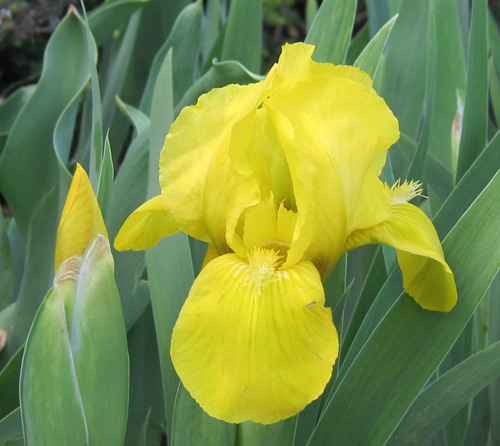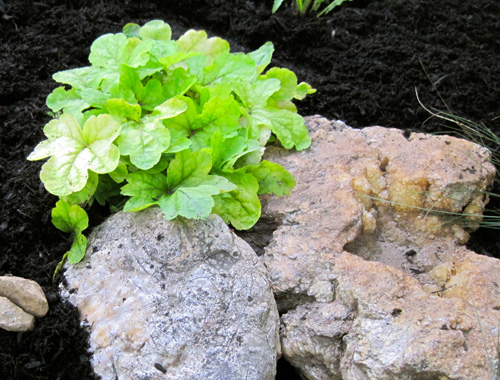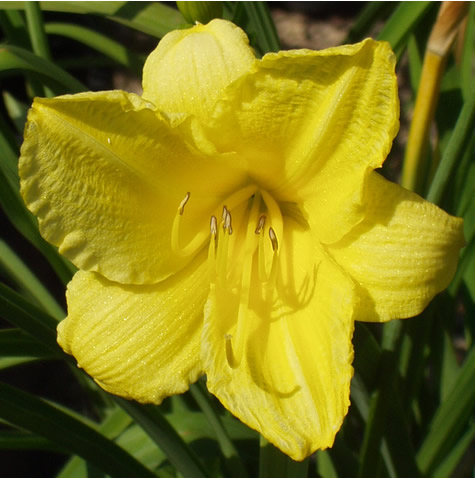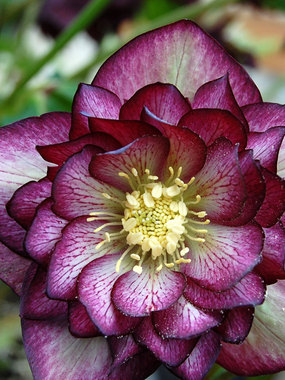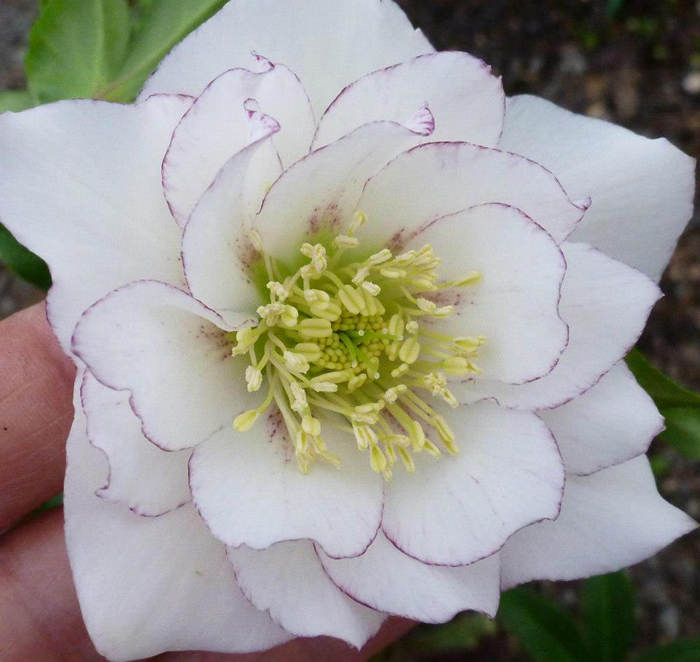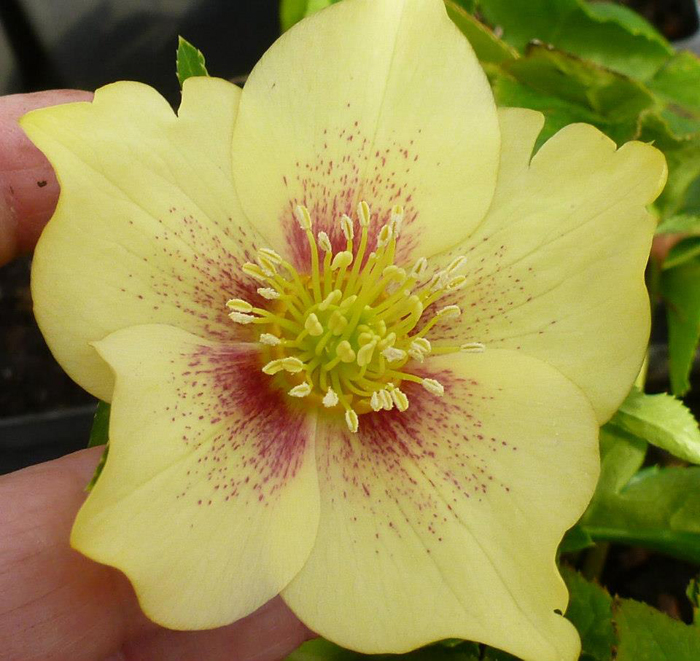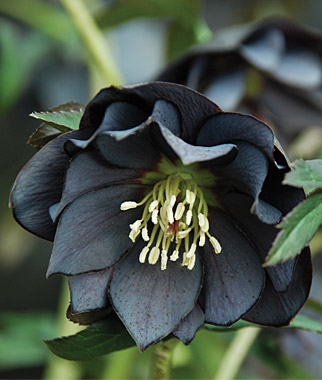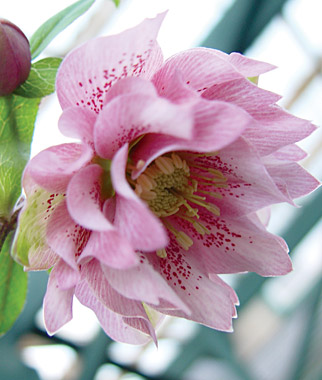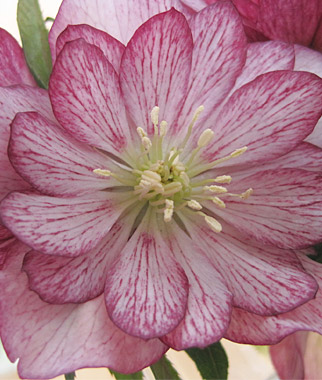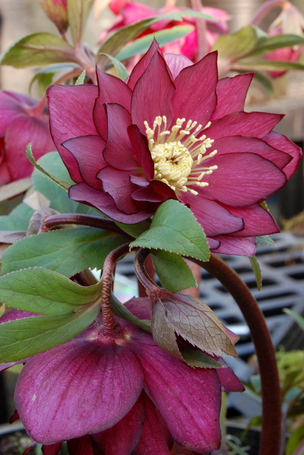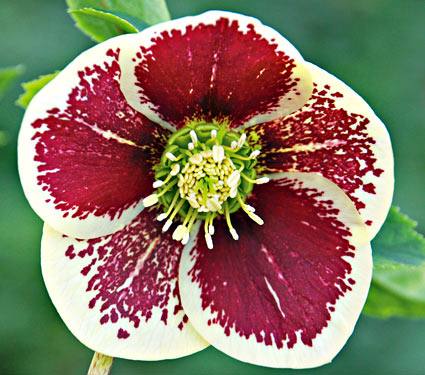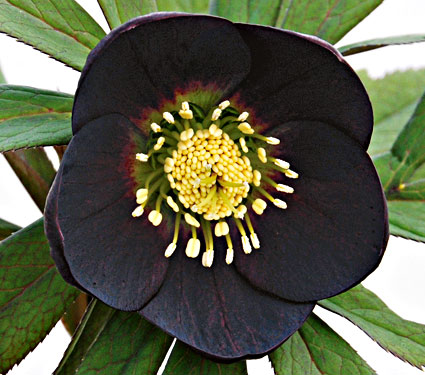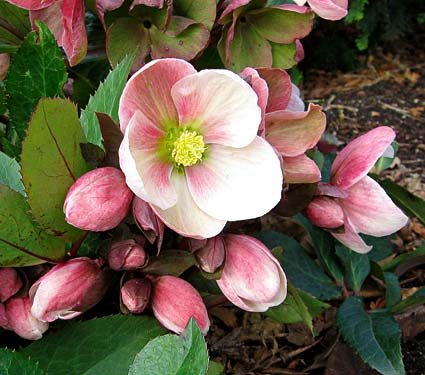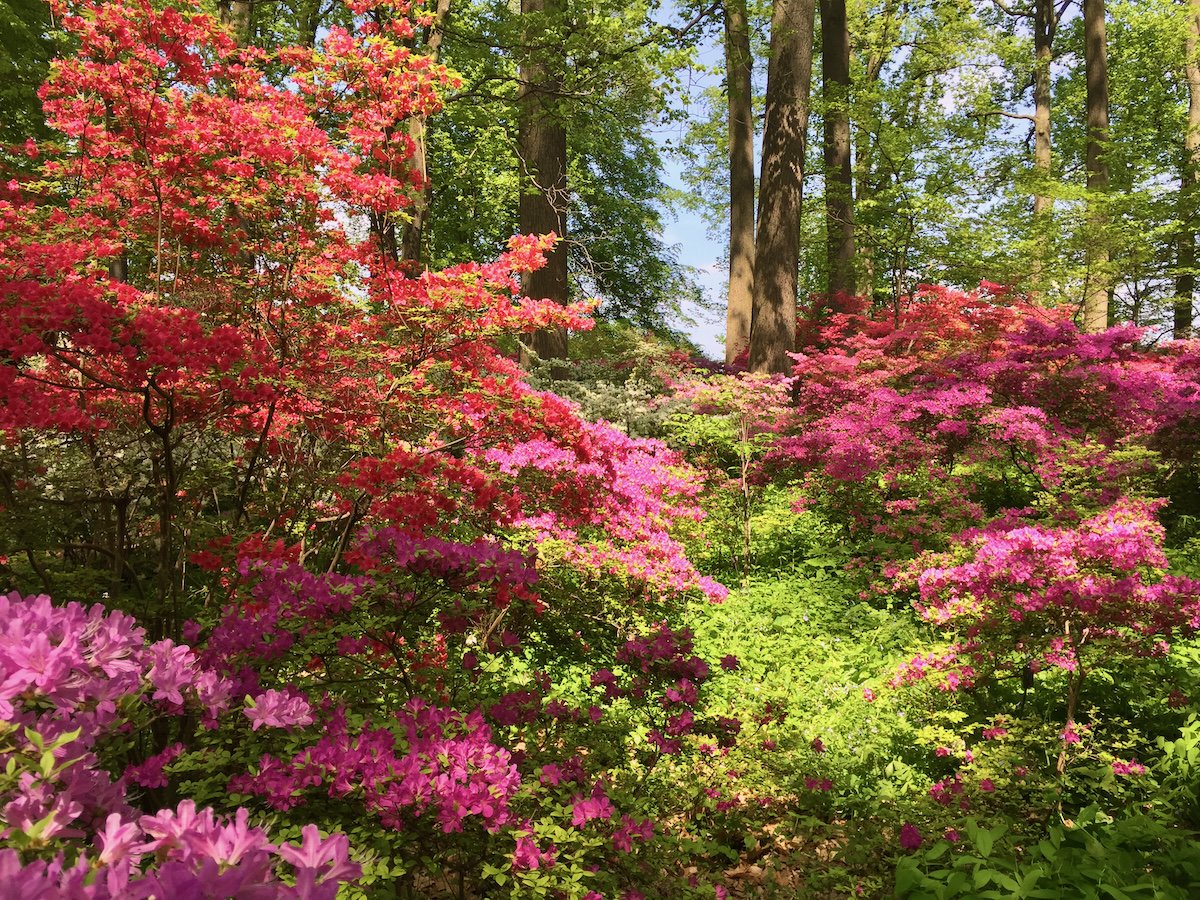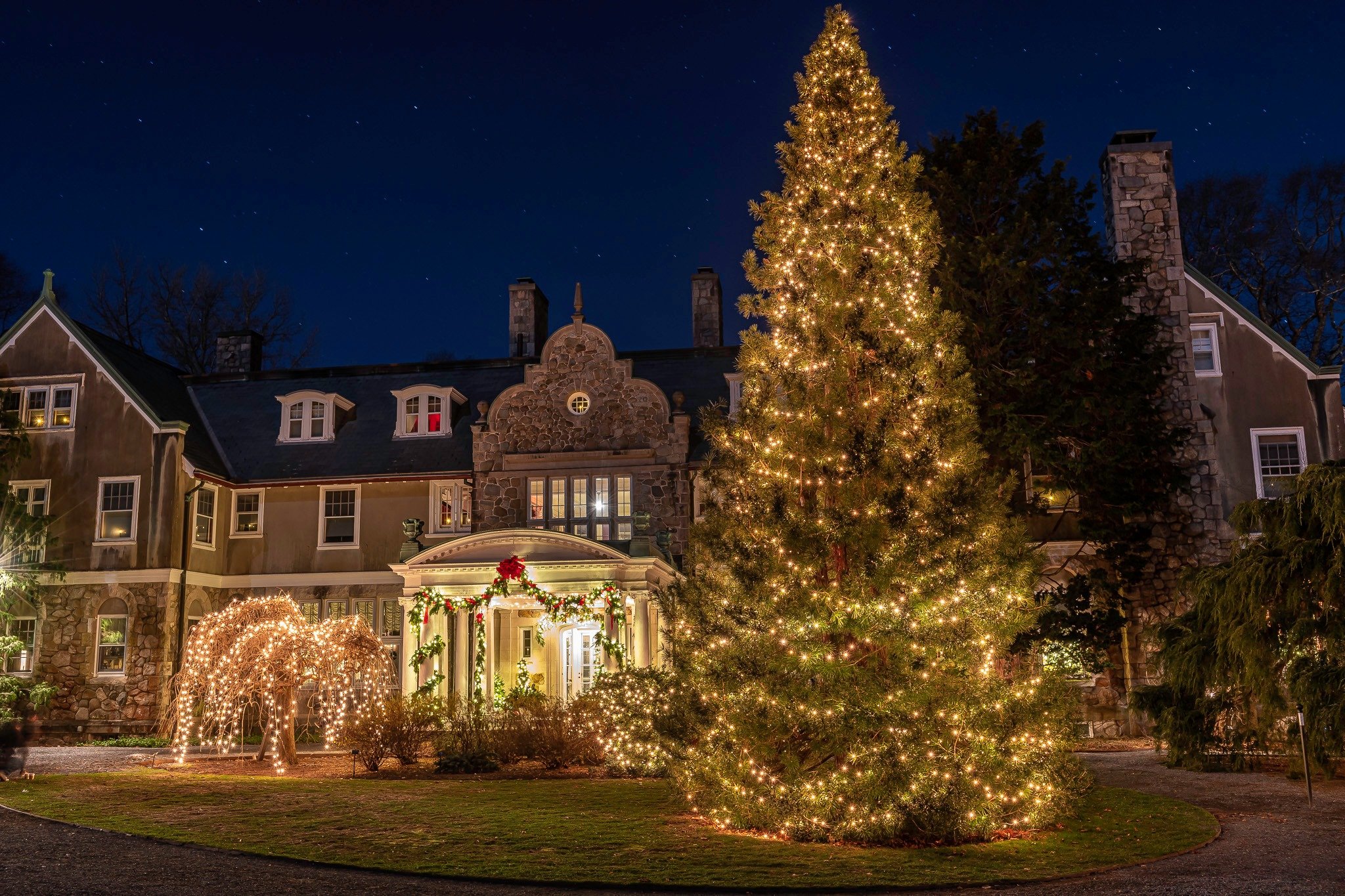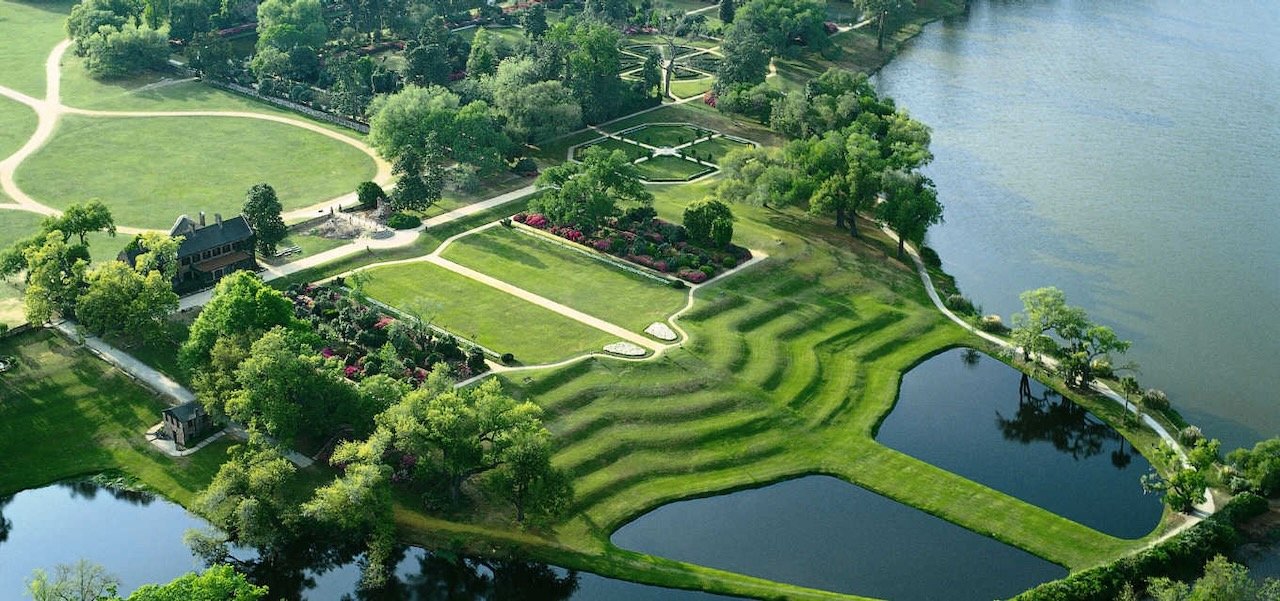There’s More to Red Than Roses: 10 Outstanding Red Flowers for the Garden
/As Valentine’s Day approaches and we are surrounded by endless bouquets of monotonous red roses, I long for the beautiful red flowers that grace my garden throughout the year. Red has always been my favorite color, and I was quick to incorporate it into my garden. One of my first flower beds was a “hot colors” garden that I could see from my kitchen windows – a large kidney-shaped island of fiery red, orange, and gold perennials set against a background of my neighbor’s lush green arborvitae hedge. These sunset colors define “summer” for me, and I use the perennials in endless bouquets for my home.
As time went by, my passion for red outgrew the perennial bed, and found its way into a shrub border that complements this part of my garden. Red rhododendrons, red-leaved Japanese maples and crabapples, and the bright red berries of winterberry carry on the theme. I now have red in my garden through most of the year.
When using red in the garden, keep in mind that there are “warm” reds with a touch of yellow that combine well with oranges and yellows, and “cool” reds with a touch of blue that are better with blues and purples. Silver-leaved foliage is a perfect foil for both shades, and softens the brightness of the blooms.
Here are ten outstanding red flowers for your garden:
Tulip Darwin Hybrid ‘Red Impression’
This classic red tulip never disappoints! Unlike other tulips, the Darwin Hybrids have exceptional perennial qualities, and mine have bloomed for at least 10 years! A mid- spring bloomer, 22” high with large, bright red flowers atop sturdy stems.
Rhododendron ‘Henry’s Red’
This rhododendron has the deepest ruby-red trusses that I have ever seen. With funnel-shaped flowers that have a dark red throat, it is a stunning sight in the May garden. Henry’s Red is a Mezitt hybrid, prefers full sun to part shade and grows to about 5’ tall.
Azalea ‘Hino Crimson’
A dwarf, low growing, compact shrub with brilliant red flowers in mid May, this azalea is one of the most popular and reliable evergreen azaleas in New England. As a bonus, its foliage turns a handsome dark red in autumn.
Bleeding Heart: Dicentra spectabilis ‘Valentine’
With deep red flowers gracefully suspended along arching burgundy stems, Valentine is a sophisticated new variety of a beloved garden classic. Plants are vigorous, with plum-colored new growth and bronzy, gray-green foliage. They make a handsome show in large containers.
Daylily: Hemerocallis ‘Lusty Lealand’
Lusty Lealand sports huge (6.25”) flowers on tall sturdy stems. The deep red flowers have yellow throats and last for several weeks in July.
Bee Balm – Monarda “Cambridge Scarlet’
Bee Balm sports brilliant red frilly starburst heads atop strong upright stems. The tubular florets are very attractive to bees, butterflies and hummingbirds. A hardy plant that blooms in mid summer, 4-5’ tall.
Begonia ‘Dragon Wing Red’
This begonia, with its angelwing-like, shiny green leaves and large drooping scarlet flowers, is my favorite annual for shady containers. It is a compact, bushy, fibrous-rooted plant, 15-18” tall, with fleshy, semi-trailing stems, and flowers that bloom until first frost. I have good success overwintering these begonias in my house.
Canna ‘The President’
‘The President’ Canna is known for its extremely vibrant, large red blooms, and lush, green leaves that are edged with a fine line of burgundy. Cannas add a tropical look to the garden, are perfect for containers, and prefer moist garden soil and full sun.
Cardinal Flower: Lobelia Cardinalis
This native clump-forming perennial features erect spikes (racemes) of large, cardinal red flowers on stalks rising to a height of 2-4 feet. It blooms in August to September, and its tubular flowers are very attractive to butterflies and hummingbirds. Since it grows naturally in along streams and springs, it is a perfect plant for a Rain Garden or moist location.
Dahlia ‘Bishop of Llandaff’
This classic dahlia cultivar is enjoying a resurgence of popularity, and no wonder! Its semi-double scarlet blooms are carried above foliage so dark it's almost black. Bishop of Llandaff grows to 36” in height, and blooms July-October.




























































